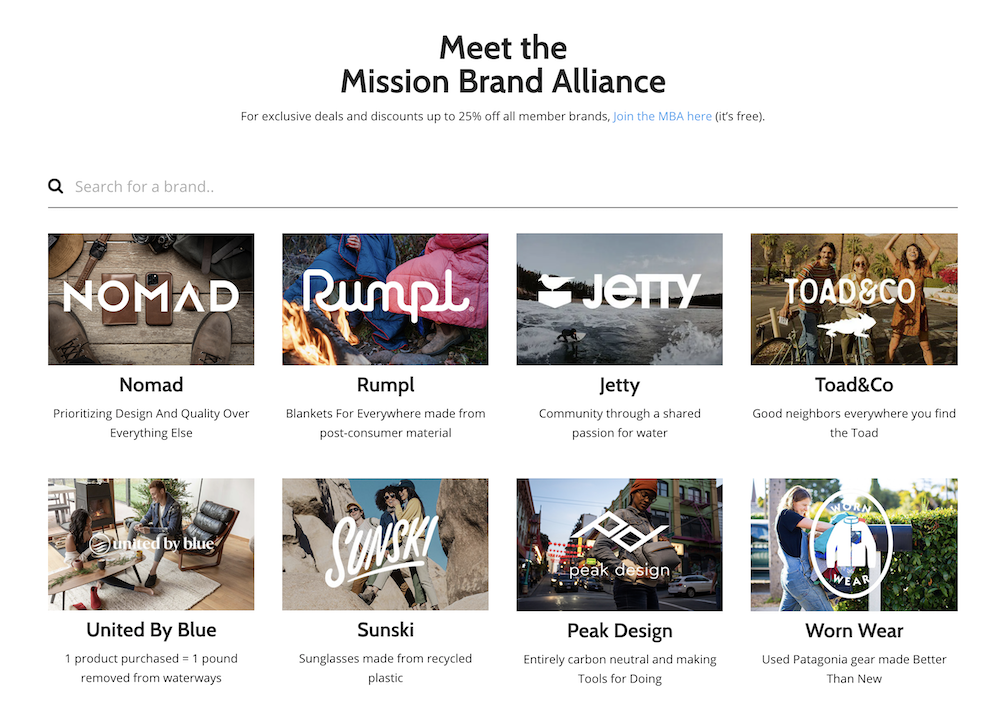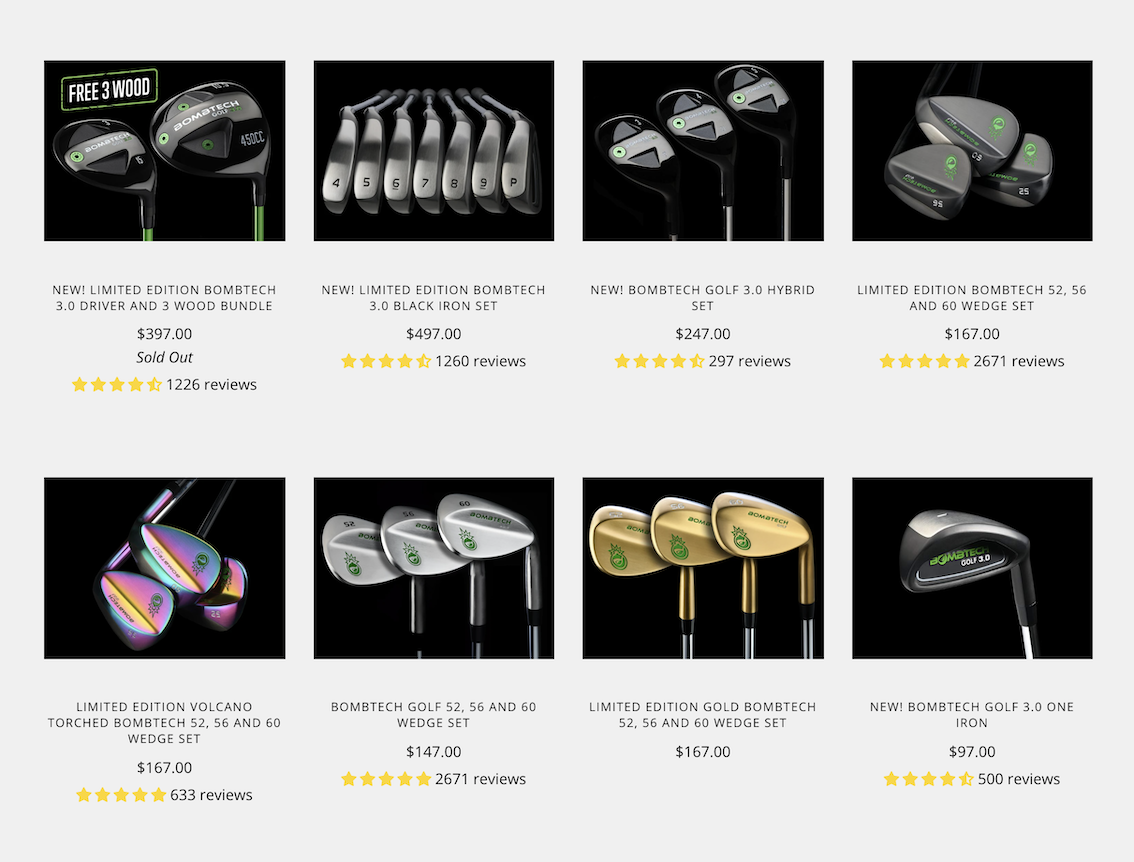The Worry Vs. the Possibility of Ecommerce in 2021

Thankfully 2020 is now behind us. The retail industry has long been full of challenges and surprises, but for many companies, last year reached new levels of stress and difficulty. So before we dive into this year, let’s take a collective deep breath and assess our industry today.
What does online retail look like in 2021?
As we noted, in 2020, ecommerce experienced many years of growth over a few short months. For instance, in one survey, 26% of the respondents bought groceries online for the first time during the pandemic. As of October 2020, ecommerce sales were up over 32% year-over-year in the United States.
Yet, while the momentum surged last year, retailers also have to stay grounded. Sure a lot changed. But even before 2020, retail was constantly evolving. Now the principles of ecommerce are a blend of a new reality mixed with time-honored truths. Let’s take a look.
The Worry: Retail Competition Is More Intense than Ever
The ecommerce headline of 2020 was that the pandemic drove many more people to shop online. But these gains were not across every product category, nor for every company size. As eMarketer reported in October, “While the entire ecommerce pie is expanding faster than expected, so too will the shares of the top 10 ecommerce players.”
Now some smaller retailers are concerned about their large-scale competitors’ growing market share. Of course merchants have always noted the competition, but the events of 2020 have the potential to heighten the worry.
The Possibility: Expand Your Customer Base through New Collaborations
If your company is facing greater competition from larger brands, how can you expand your reach through new collaborations?
Take inspiration from the Mission Brand Alliance. United By Blue, a retailer we’ve featured, started this effort in April 2020 as smaller brands were feeling the severe impact of lockdown measures. They asked 15-20 like-minded companies to join them in creating a campaign entitled, “I Stand with Small.” The campaign worked, and brands across the board reported increased sales due to the campaign.
The success was so strong that the companies decided to keep collaborating and formally created their alliance. Over the 2020 holiday season, they issued a gift catalog together. Each retailer had two pages to share their company mission and showcase their products. Then each company selected their top 10,000-15,000 customers to receive the catalog by mail (with carbon off-setting). Now every company involved has their products in front of thousands of new customers.
How can you apply the Mission Brand Alliance idea to your company? Who are your kindred collaborators? Company mission is a great place to start, and there’s other possibilities. For example, for decades, people shopped in department stores or malls to get a wide variety of things. What does this look like now online? Or how about a collaboration with retailers in your city to boost local shopping?

The Worry: Price Is All that Matters in Current Economy
Not only did people deal with a public health crisis in 2020, we faced an economic crisis, too. Unemployment remains high, and as a result, a lot of people are hesitant to spend. In a recent panel discussion about the future of retail, expert Cheryl Sullivan shared that 61% of consumers describe themselves as more price sensitive as a result of the pandemic. Some go as far as to say, “I won’t even buy” without some sort of discount.
The Possibility: Use Ecommerce Tech to Tailor Discount Offers
Price matters, but it isn’t everything. Of course retailers want to be sensitive to difficult times. At the same time, some people have extra disposable income to spend now. They have cut travel, for example, so they have extra money and they’re inclined to treat themselves to special products.
As you define your pricing strategy for 2021, don’t be too quick to offer blanket discounts for all consumers. Instead set your promotional discounts to appear after your customers have browsed for a certain amount of product pages or time. Or if they are repeat browsers on your site. Or if they abandon the cart. Otherwise you may be offering a discount to someone who is perfectly fine with paying the full price.
Smart entrepreneurs are also developing technology to help companies increase AOV. For retailers on Shopify, the CartHook app encourages shoppers to make an additional purchase – after they have already bought something. As soon as the first sale finalizes, CartHook presents a new offer with a countdown clock to encourage an immediate conversion. Retailers can customize these offers to become available in different ways, such as after a certain type of product is sold or a sales threshold is met.
Lastly, anyone can go to one of the large retailers or marketplaces and purchase something for a bargain basement price. But remember: customers are in your store for something special, whether that’s your products, company story, customer service or other brand asset. Stay grounded in and grow from what makes your company special.
The Worry: It’s Hard to Acquire New Customers
In the discussion about the future of retail, the panelists shared another stat: during Q2 2020, mass-retailer Target gained 10 million new customers. So, again, while ecommerce grew exponentially last year, what if only the big box stores dominated that growth?
The Possibility: Personalization and Customer Loyalty Tech Encourages Repeat Customers
It’s an old adage in retail, but it’s still true: it’s more expensive to gain new customers than it is to sell to repeat customers. Yes, it’s always fantastic to get new customers (see above, re: brand collaborations), but often the best place to focus is on current customers coming back.
The start of the year is an optimal time to review your ecommerce site to make sure you’re supporting customers through personalization and loyalty offers. In short, personalization means that your customers can customize their experience on your site. Consider an online sizing feature, for example, especially for people visiting on mobile devices. Watch retailer, Fossil, now uses a technology where people can view a watch on their wrist without downloading an app. Customer surveys and personalized search results are also good ways to build customization into your site.
Also think about how you’re rewarding customers who have previously purchased from your store. For instance, consider offering a loyalty club where members are assured the lowest price guaranteed in your store. Or, for retailers on Shopify Plus, use Shopify Flow to set up a rewards program to incentivize customers to keep buying. For instance, if someone spends over $5,000 in your store within a year, tag them as a high-volume customer. From there, you can make them exempt from inventory restocking fees if they need to return something. Or send them a discount offer when they invite friends to join your site. Using technology, you can develop a wide variety of strategies to bolster customer loyalty.
These are not easy times in retail, but they are full of potential. Rather than worry about what’s next, remember to stay grounded in the unique qualities of your business – and in the possibilities of retail tech. With the right tools in place, your company can now attract new customers, increase AOV, and build customer loyalty through your ecommerce site.

